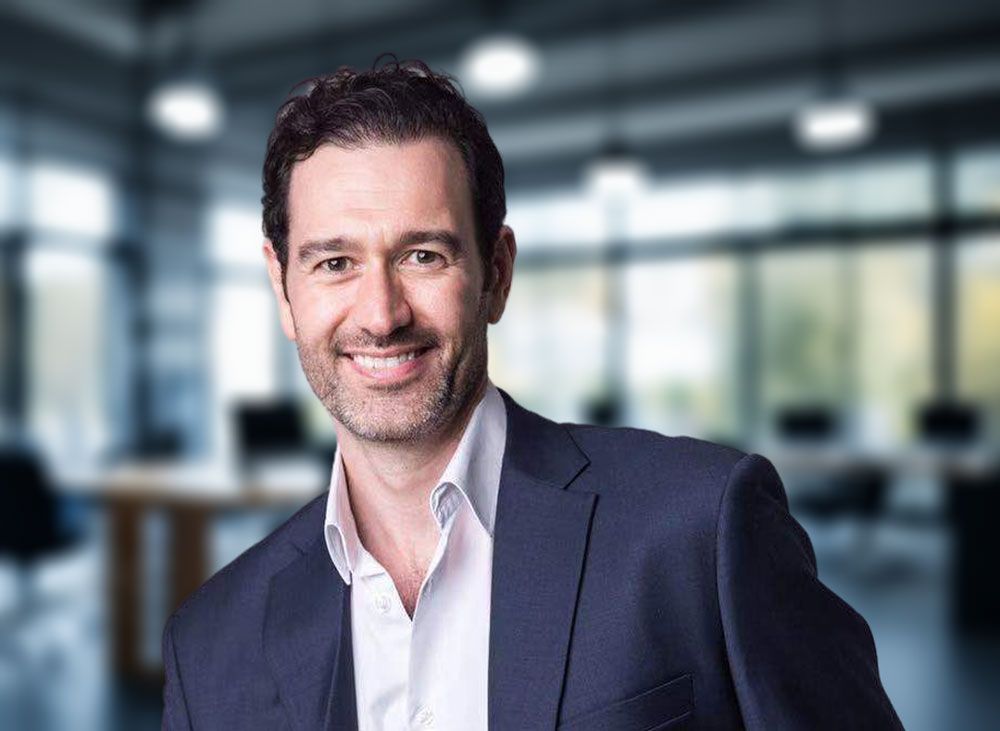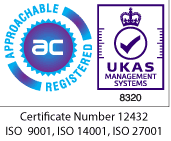Strategy
Business Strategy Services
Comprehensive strategy solutions for every business
Strategy defines your Path. Goals on that path define your Success
Reinvent your Strategy
We are experts at designing strategies that redefine what's possible
The key to sustained success lies in understanding where to play and how to win—identifying the right opportunities, markets, and strategies to achieve a lasting competitive edge. This requires a strategic shift towards innovation and reinvention, supported by visionary leadership and a reimagining of your organisation's role in the global landscape.
Today's executives face the dual challenge of navigating successive digital transformations while also building a clear strategy that aligns
culture,
purpose, and
execution. Success in this demanding environment requires a profound alignment in strategy and vision across your leadership teams and a disciplined focus on the opportunities that will position your organisation to thrive in the future.
“The competitor to be feared is one who never bothers about you at all, but goes on making his own business better all the time.”
Henry Ford
95%
Number of employees who say they don't understand their company's strategy
48%
Of organisations fail to meet half of their strategic actions
60%
Of organisations do not tie financial budgets to strategic priorities
Speak to one of our experts
How we help our clients
Our team of experts has decades of experience providing sustainable strategies to both private and public companies
Corporate Strategy
Using data-driven insights and market research, we align our approach with your unique corporate vision and objectives, ensuring a strategic pathway that is both ambitious and achievable.
M&A Strategy
Designed to guide organisations through the complexities of mergers and acquisitions. We understand that successful M&A transactions require meticulous due diligence, strategic alignment, and agile PMaaS to unlock value and drive growth.
Go-to-Market Strategy
Designed to help businesses effectively launch their products and services in competitive markets. We understand that a successful GTM strategy is crucial for maximising market penetration and achieving sustainable growth.
Our Strategy practice is led by Mauro Mortali
Managing Partner - Strategy, Transformation and Change
With over 25 years of experience in both leadership and governance positions across the corporate, education, and charity sectors, Mauro is the Managing Partner for our Strategy Practice. Having held senior strategy and innovation positions, Mauro blends traditional strategy capabilities such as deep insight, analysis and critical thinking with the collaboration, creative and co-creation skills of Design Thinking. One of Mauro’s passions is narrative development and storytelling, and he brings this into his strategy work in order to enable his clients to win the hearts and minds of their stakeholders and customers.
Mauro’s role with Cambridge MC is to help organisations design, develop, and deliver strategies with an emphasis on activation to achieve their goals. Mauro is also an executive coach with a focus on performance and wellbeing, working with both individuals and teams to identify and maximise their strengths. This also enables him to bring a human-centred approach to strategy development.
As an Associate Certified Coach with the International Coaching Federation, and an accredited Strengthscope Practitioner, Mauro combines deep insight and creative thinking to drive individual and team excellence.
Our team can be your team
Our team of experts have multiple decades of experience across many different business environments and across various geographies.
We can build you a specialised team with the skillset and expertise required to meet the demands of your industry.
Our combination of expertise and an intelligent methodology is what realises tangible financial benefits for clients.
Our Strategy Experts
Jeff Owen
M&A Lead
A highly-experienced COO/Operations Director, board member, and consultant in the Telco sector, Jeff holds an impressive track record of creating scalable operational infrastructure to drive profit from commercial activities with Six Sigma methodologies.
Strategy Case Study
ELIXIR
We were contacted by ELIXIR, an inter-governmental life sciences research network, to help with a strategy and leadership challenge.
ELIXIR was in the middle of an organisational transformation, following a period of intense and rapid growth over the preceding 6-month period.
Dr Blomberg, ELIXIR's CEO, recognised the need for clarity in ELIXIR’s mission and that help was required to define their values. Following initial discovery discussions with members of the Cambridge MC Management team, a bespoke plan was created. We delivered a mission workshop for the 8-person Senior Leadership Team, which would be the first in a series of workshops and coaching relationships that ran into the following year. On the basis of our success and a growing relationship, further team-building sessions were requested and conducted by Ben Clarke.
Strategy
Case Studies




Strategy insights


Get in touch with our Consultants today
Case Studies
Our team has had the privilege of partnering with a diverse array of clients, from burgeoning startups to FTSE 100
companies. Each case study reflects our commitment to delivering tailored solutions that drive real business results.
CASE STUDIES
A little bit about Cambridge MC
Cambridge Management Consulting is a specialist consultancy drawing on an extensive global network of over 200 senior executives in 22 countries.
Our purpose is to help our clients make a better impact on the world.
ABOUT CAMBRIDGE MC










